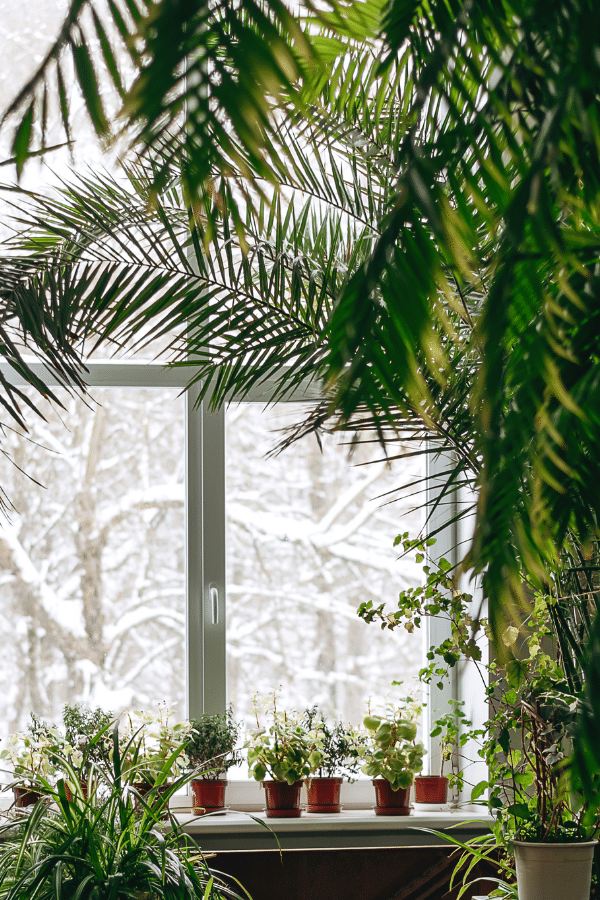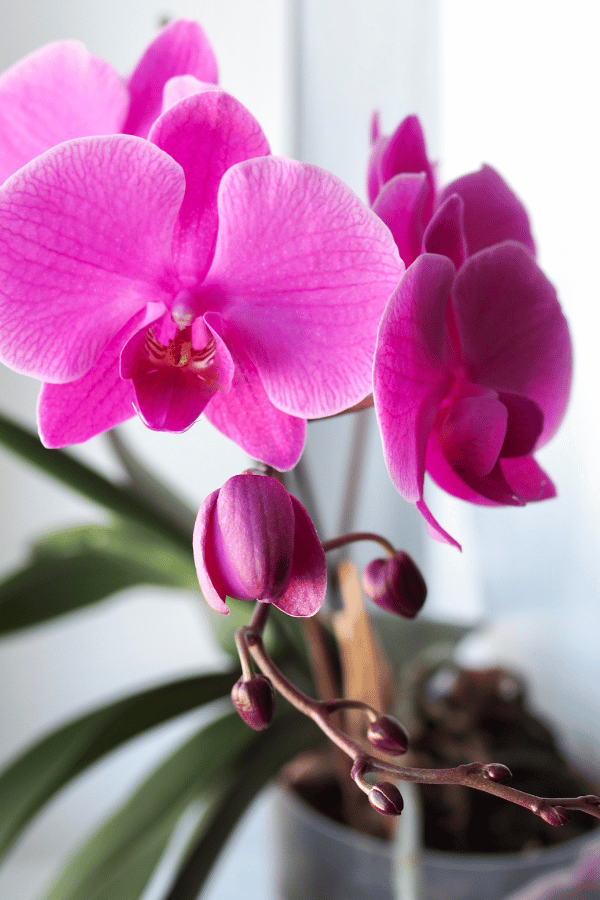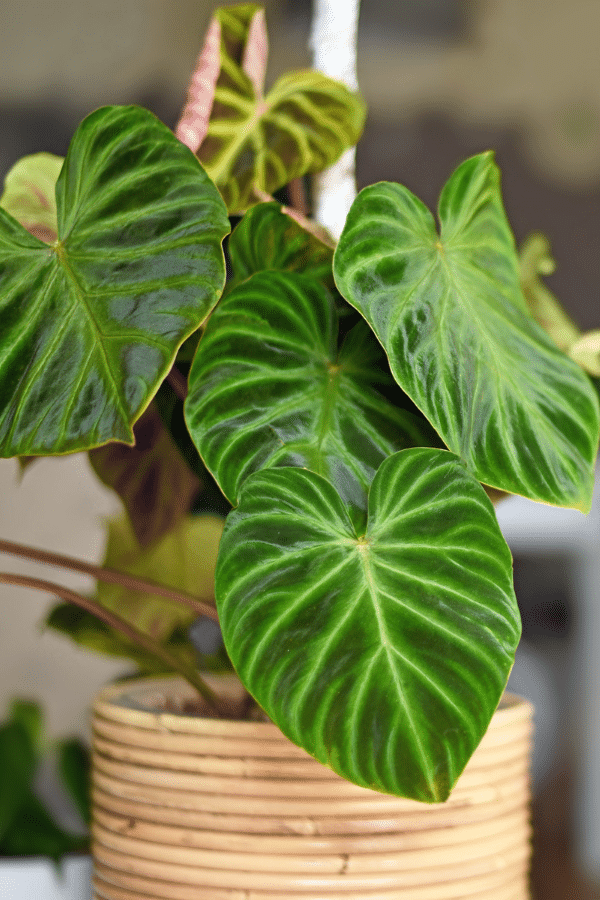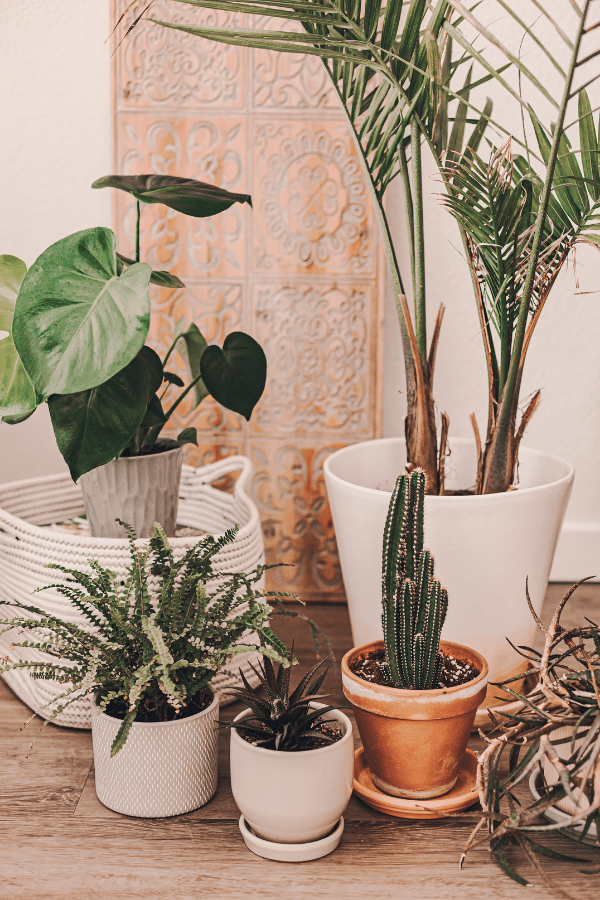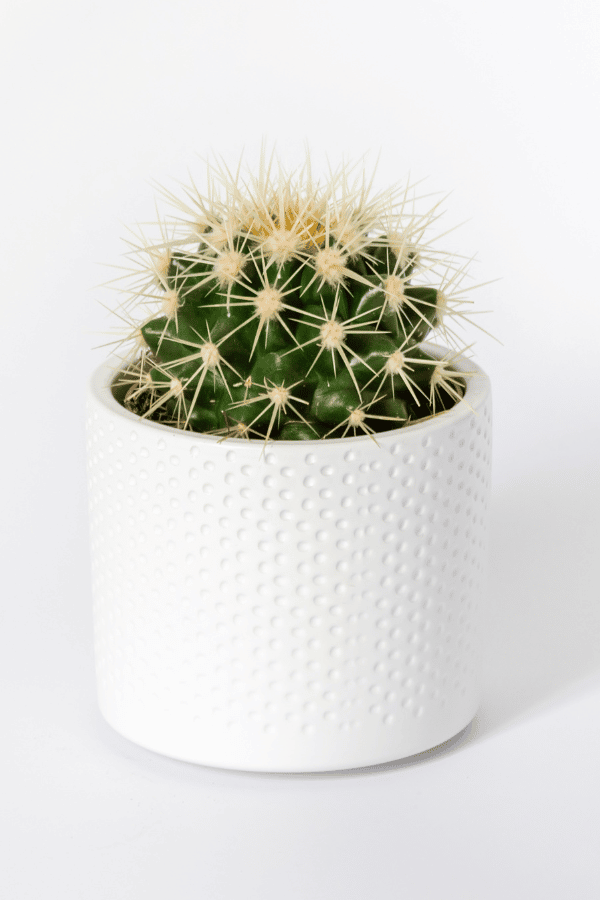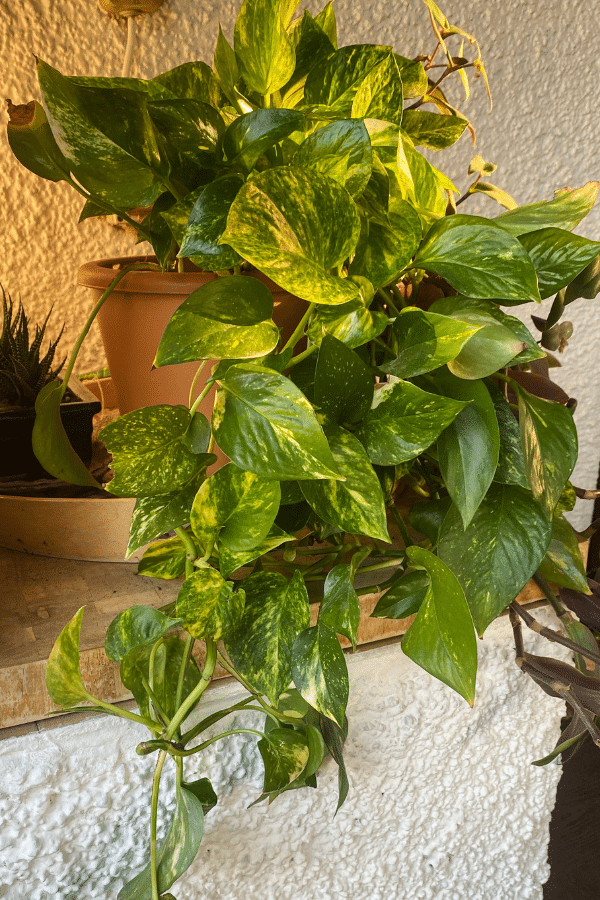Rhaphidophora Decursiva
Scientific Name: Rhaphidophora Decursiva
Common Name: Rhaphidophora Decursiva
Rhaphidophora Decursiva care is easy if you can find this plant as it’s pretty rare. If you are looking for a large plant that needs to climb and have space for it, a Rhaphidophora Decursiva plant may be for you.
To give this Rhaphidophora plant the best care, it requires well-draining soil, allow the the top inch of soil to dry out before watering, provide it with bright indirect sunlight, temperatures ranging from 65-80F, and high humidity levels.
Quick Care Overview
| Common Name | Rhaphidophora Decursiva |
| Scientific Name | Rhaphidophora Decursiva |
| Family | Araceae |
| Origin | Chinese Rainforest |
| Growth Rate | Fast |
| Identification | Green and shiny oval foliage that will develop slits |
| Height | Up to 5 feet tall |
| Soil | Well-draining soil |
| Water | Water when the top inch of soil has dried out |
| Temperature | 65-80F |
| Sunlight | Bright indirect sunlight |
| Toxic to Cats & Dogs | Yes |
| Toxic to Humans | Yes |
| Pests | Aphids, thrips, scale |
| Diseases | Mosaic Virus |
Below we will dive deep into this Rhaphidophora Decursiva care guide.
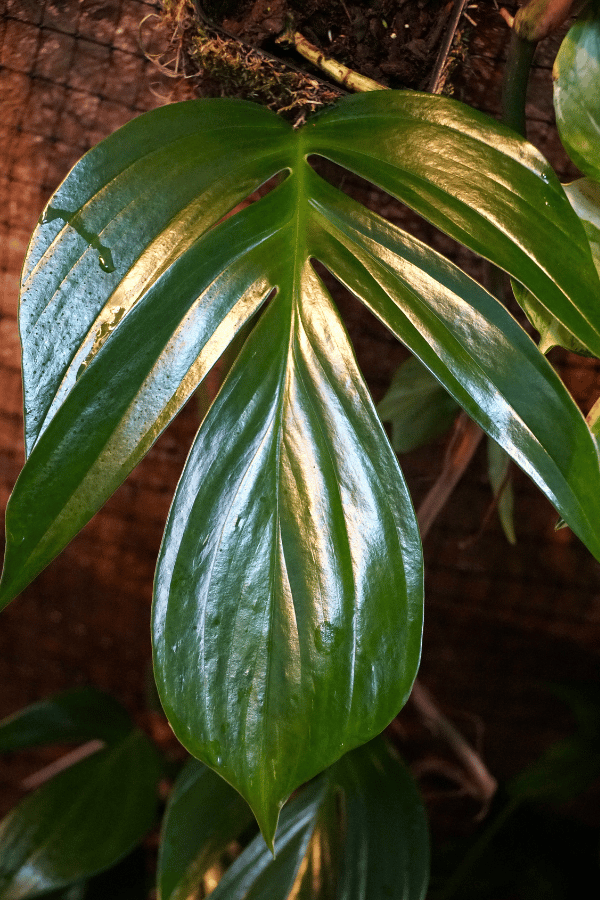
Rhaphidophora Decursiva History
The Chinese rainforest native Rhaphidophora Decursiva, known as the dragon tail plant or Creeping Philodendron, is a rare and popular plant that sports huge green foliage. The name Decursiva hails from the Greek word meaning “downwards,” which refers to this plant’s downward dangling foliage and stems. This plant can be hard to come by.
Rhaphidophora Decursiva Identification
The dragon tail plant produces small oval-shaped foliage that will become quite large over time. Leaves may grow up to 40” long and will develop slits. Adult foliage will feature deep pinnate lobes that resemble a fern.
Rhaphidophora Decursiva Growth Facts
This quickly growing plant does best when supported by a moss pole or trellis.
How Big Does a Rhaphidophora Decursiva Get?
This plant may grow up to 5 feet tall when cultivated indoors.
Rhaphidophora Decursiva Care
Due to these plants climbing growth habit, you should support your plant by providing it with a moss pole or trellis. This will help support healthy growth and foliage.
Rhaphidophora Decursiva Soil
As an epiphytic plant, your Rhaphidophora Decursiva will appreciate being grown in a light, airy well-draining mix that is slightly acidic. You can create the perfect growing medium by combing standard commercial potting mix with perlite and orchid bark.
Rhaphidophora Decursiva Fertilizer
Your dragon tail plant is considered a light feeder but will enjoy occasional feeding to support the growth of its large foliage. Select a balanced liquid fertilizer and dilute it to half strength. Feed your plant once monthly during the spring and summer.
Rhaphidophora Decursiva Watering
You should rewater your dragon tail plant as soon as the top inch of soil has dried. You should water your plant around once weekly during the growing season, depending on growing conditions, and every 2-3 weeks in late fall and winter.
Rhaphidophora Decursiva Light Requirements
You should provide your dragon tail plant with plenty of indirect sunlight, such as from an eastern-facing window. Too intense direct sunlight may cause the foliage of this plant to scorch.
Rhaphidophora Decursiva Temperature & Humidity
Your dragon tail plant will like to remain in a hot, humid environment. Therefore, you strive to keep your plant between 65 to 80 degrees Fahrenheit. Additionally, you should never expose your dragon tail plant to temperatures below 55 degrees Fahrenheit, as this may cause permanent damage. As Rhaphidophora likes to remain in humid environments, you should try keeping it in at least 50% humidity, with 80-90% humidity ideal. As this plant likes to remain in very high humidity, you should invest in a humidifier or pebble tray.
Repotting Rhaphidophora Decursiva
As this plant likes to grow quite large and reasonably quickly and does not like to remain rootbound, you should repot it annually. Select a container that is 2 inches larger than the previous container. Refresh the potting mix, repot your plant, tamp lightly, water thoroughly, and place in indirect light. You should keep in mind that the larger the container you provide your plant the larger it will grow. The plant can be kept back by keeping it in a smaller container, but you will want to continue to refresh its soil annually. Finally, ensure that you do not move up container sizes too quickly, which may lead to waterlogged roots and root rot.
Rhaphidophora Decursiva Maintenance & Pruning
Periodically prune any dead, diseased, or discolored foliage using sharp, clean pruning shears.
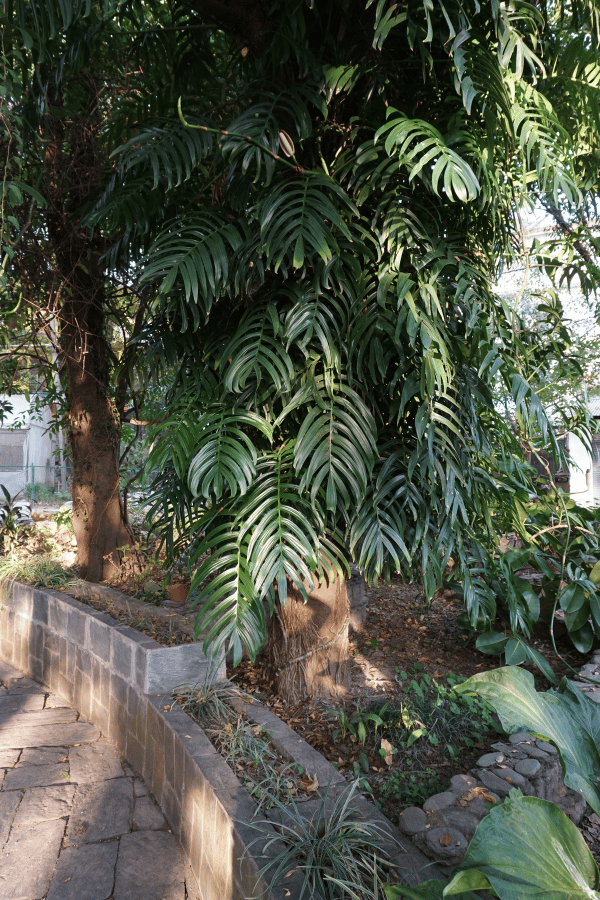
Rhaphidophora Decursiva Propagation
You may easily propagate your Rhaphidophora Decursiva through stem cuttings. To propagate, select a stem with at least one leaf and a node. Cut the stem beneath the node using clean, sharp shears. Dip your cutting(s) in rooting hormone and plant into potting mix. Water your cutting(s) thoroughly and place in indirect light.
Rhaphidophora Decursiva Toxicity
Toxicity to Humans
Rhaphidophora Decursiva is considered toxic to humans due to its calcium oxalate content. Therefore, you should never attempt to consume this plant.
Toxicity to Cats & Dogs
Unfortunately, the dragon tail plant is considered toxic to dogs and cats. Therefore, ensure you do not allow your pet to consume this plant. Contact your veterinarian or animal poison control immediately if you suspect your pet has ingested any portion of this plant.
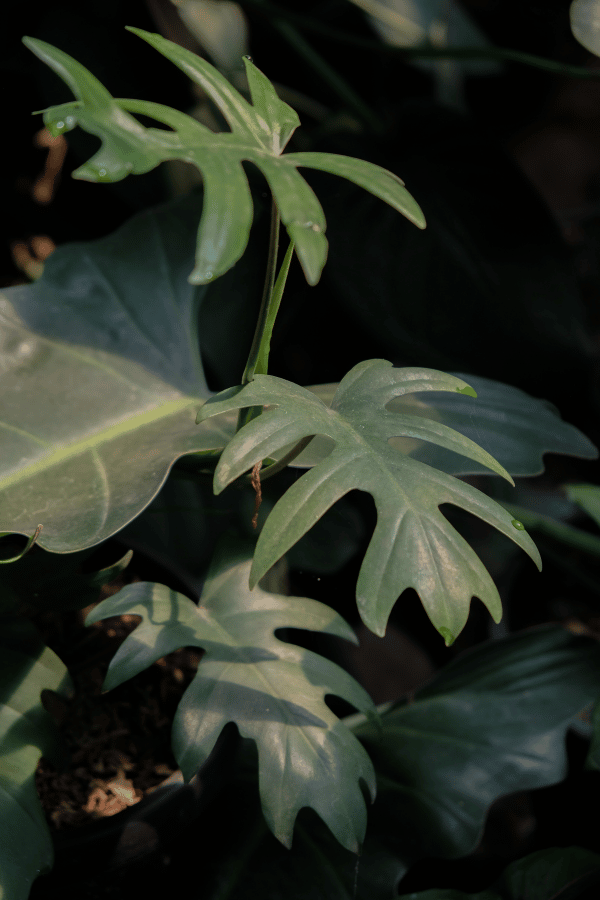
Rhaphidophora Decursiva Problems
Rhaphidophora Decursiva Leaves Turning Yellow
The most common cause of Rhaphidophora Decursiva turning yellow is due to watering issues. Additionally, being placed in too low of light may cause foliage to turn yellow.
Rhaphidophora Decursiva Leaves Turning Brown
The foliage of your dragon tail plant may turn brown if left in too intense of direct sunlight.
Rhaphidophora Decursiva Diseases
Unfortunately, Rhaphidophora Decursiva is known to become susceptible to Tobacco Mosaic Virus. Unfortunately, there is no treatment for Mosaic Virus. If you see signs of disease such as mottling of the foliage, isolate your plant and destroy it.
Rhaphidophora Decursiva Pests
While not known to be particularly prone to any pests, your dragon tail plant may become susceptible to infestation by common indoor plant pests such as aphids, scale, thrips, and more. Upon identifying an infestation, isolate your plant, and treat with a pesticide such as neem oil or insecticidal soap.

